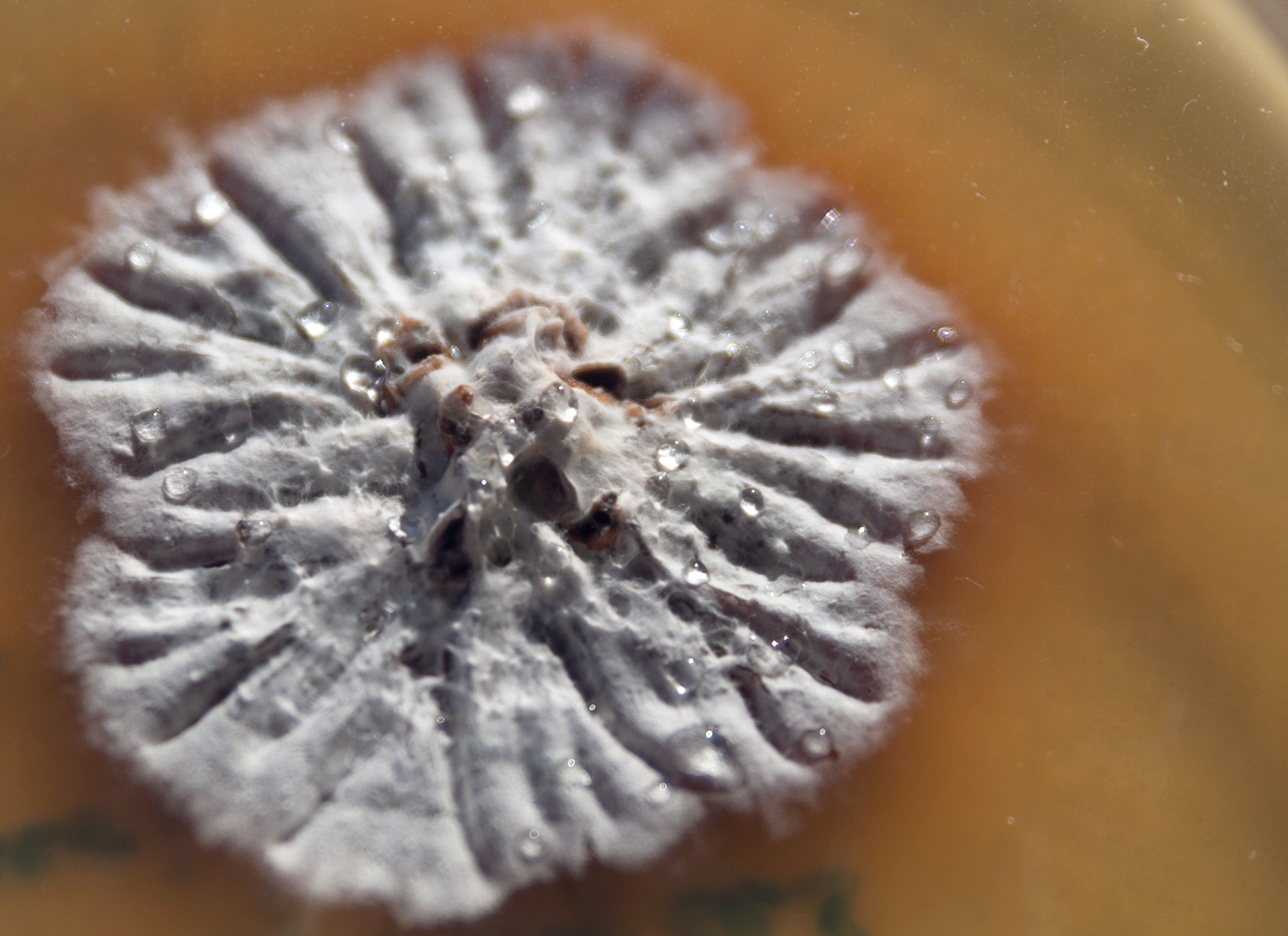
The type strain of Fitzroyomyces cyperi Crous (2017) CBS 143170 belongs to the Stictidaceae, which is the only family in the Ostropales sensu stricto order. Similar to species in the Ostropales sensu lato, the Stictidaceae family comprises lichenized, non-lichenized (saprotrophic) and lichenicolous fungi (Thiyagaraja et al., 2021). However, this family remains poorly understood because it is rarely collected in nature and there is no genome available to further study the different lifestyles found in Lecanoromycetes. The sequenced F. cyperi CBS 143170 strain was isolated from leaves of Cyperaceae (grass-like monocotyledonous flowering plants) in Fitzroy Falls, Morton National Park (New South Wales, Australia). Although isolated from leaves, this genus is reported to comprise saprotrophic fungi (Crous et al., 2017; Thiyagaraja et al., 2021). The genome of this species will be useful to study the evolution of lichenized fungi and understand how these miniature ecosystems are formed. It is important to compare species with different lifestyles, including saprotrophic ones. In addition, Lecanoromycetes, and in particular the most studied Lecanorales, Teloschistales and Umbilicariales orders, are well-known for their impressive potential to produce small molecules (especially polyketides; Mosunova et al., 2020). Evaluating this potential in the poorly studied Ostropales s.s. order will contribute to understanding the evolution of secondary metabolite pathways in Lecanoromycetes and their potential roles in different lifestyles.
References
- Crous, P.W. et al. Fungal Planet description sheets: 625-715. Persoonia. 2017; 39:270-467. https://doi.org/10.3767/persoonia.2017.39.11
- Mosunova, O. et al. The Biosynthesis of Fungal Secondary Metabolites: From Fundamentals to Biotechnological Applications. Encyclopedia of Mycology. 2021; 2:458-476. https://doi.org/10.1016/B978-0-12-809633-8.21072-8
- Thiyagaraja V, et al. The Evolution of Life Modes in Stictidaceae, with Three Novel Taxa. Journal of Fungi. 2021; 7(2):105. https://doi.org/10.3390/jof7020105
